Perth-based SSE Renewables has begun work on the world’s largest offshore wind farm, which will provide power for more than six million UK homes.
The installation of 277 is underway at Dogger Bank, the 3.6GW wind farm 80 miles off the Yorkshire coast.
The project is a joint venture between SSE Renewables (40%), Equinor (40%) and Eni Plenitude (20%).
SSE Renewables is lead operator for the development and construction of Dogger Bank, while Equinor will be lead operator of the wind farm on completion.
Once completed the farm will be capable of powering six million UK homes annually on completion. Its operational life is around 35 years.
SSE Renewables project director for Dogger Bank Steve Wilson said: “These foundations have been designed for what is arguably the most demanding wave environment to be encountered on an offshore wind farm.
“They are a testament to the many companies involved in collaborating to reach this unprecedented milestone.”
Mr Wilson said the project will help meet the UK’s net zero ambitions.
The installation was a “giant leap” for offshore wind globally, the project director said.
He added: “It also demonstrates the continued innovation in our sector as we begin to install the increasingly larger and more powerful turbines that are needed to fuel our homes and businesses safely and securely in a net zero world.”
Wind farm construction in stages
The project is being built in three 1.2 GW phases.
The first two phases being constructed at the same time to take advantage of synergies resulting from their geographical proximity.
It will also capitalise on the use of common technology and contractors.
Over the three-year installation programme, 277 monopiles and transition pieces will be loaded onto installation vessels in Rotterdam.
They will then be transferred out to the offshore wind farm site deep into the North Sea.
Using dynamic positioning technology, the vessels will pinpoint the installation site in the seabed.
Then a monopile measuring up to 72m – the equivalent of more than six double-decker buses end-to-end – will be upended and transferred to a pile gripper.
It will then be lowered into the seabed.
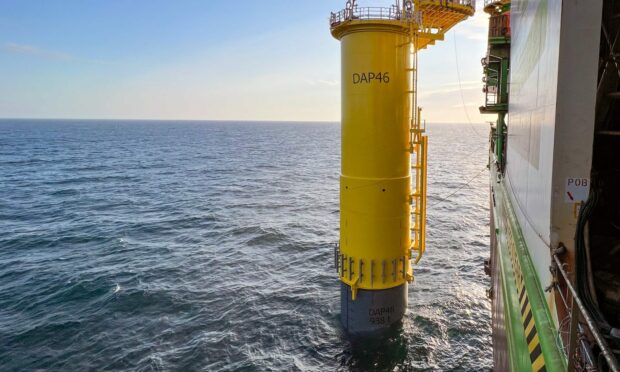
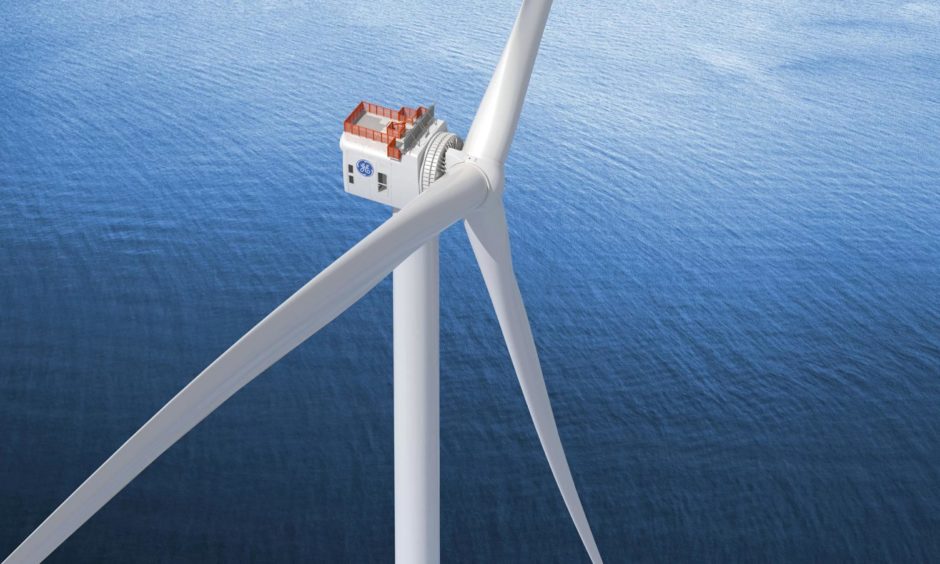
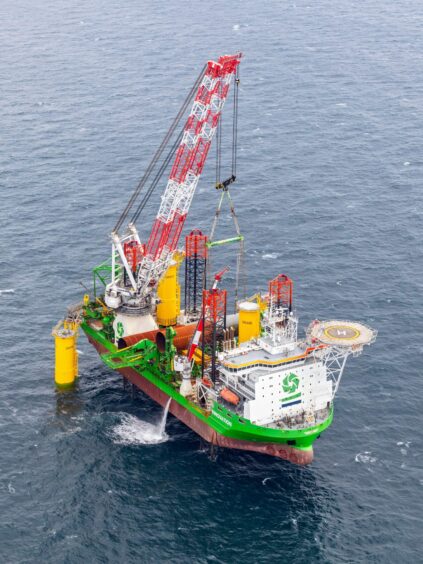

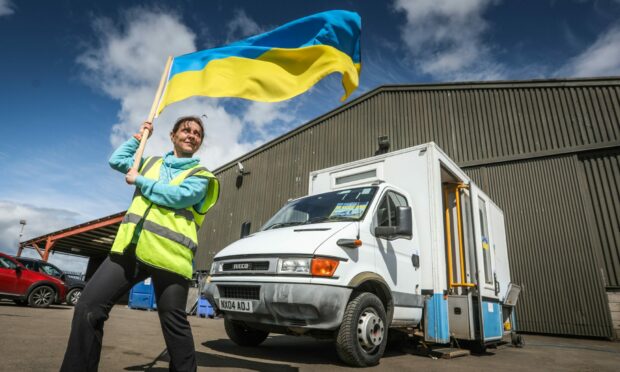



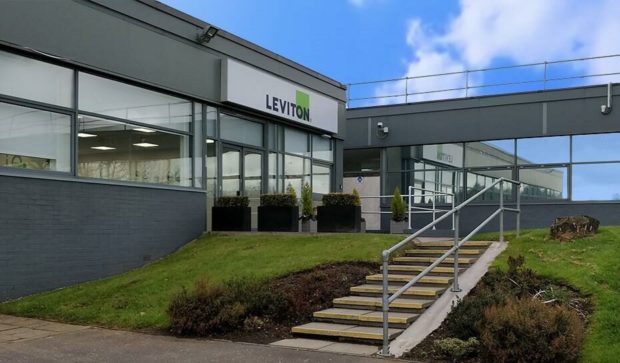
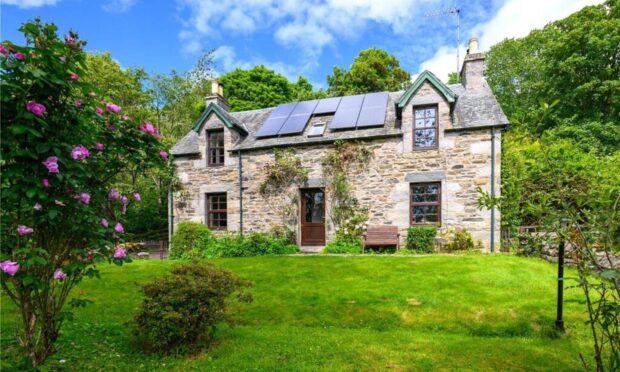
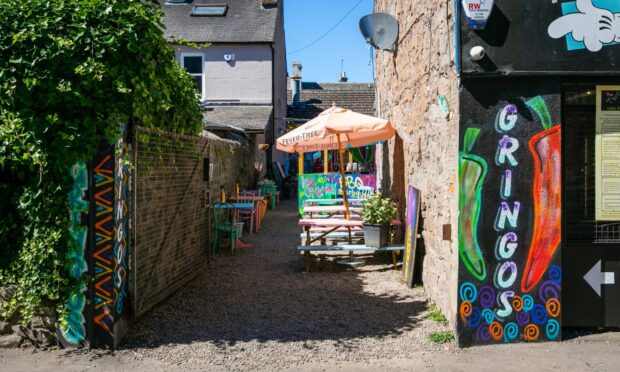



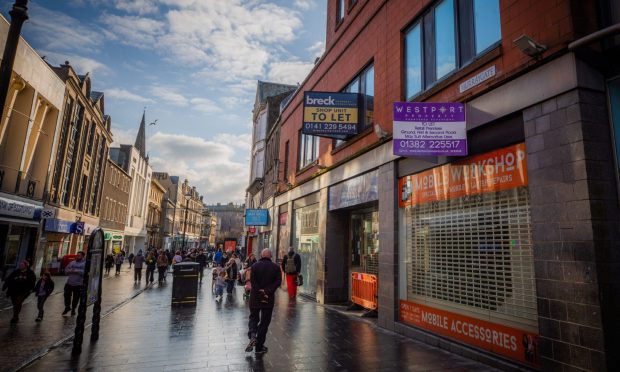
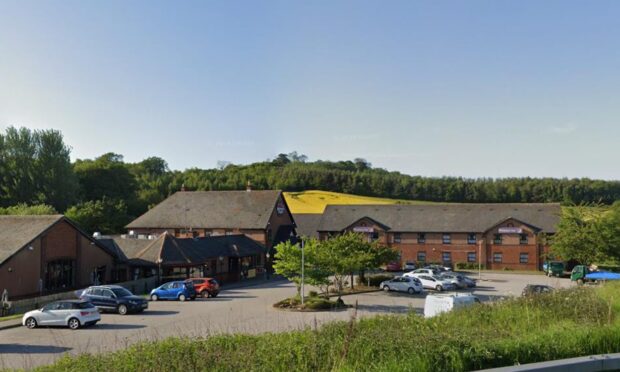
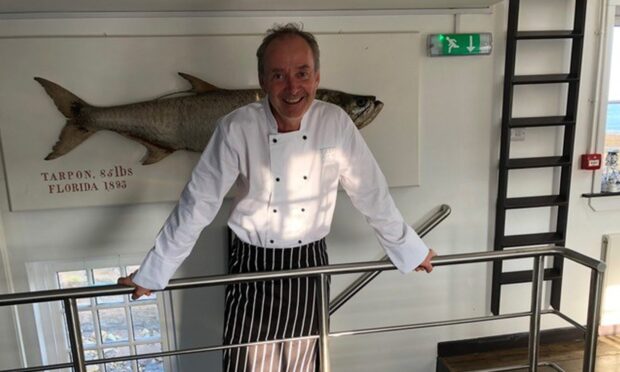

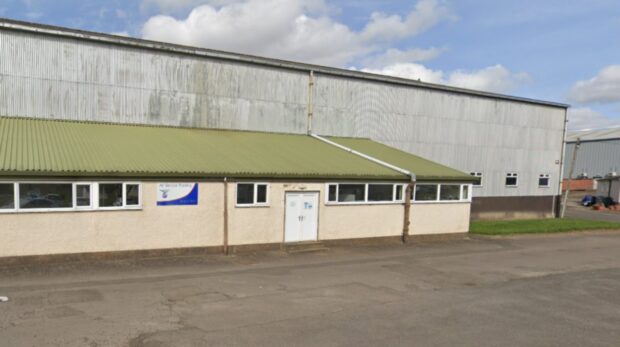
Conversation